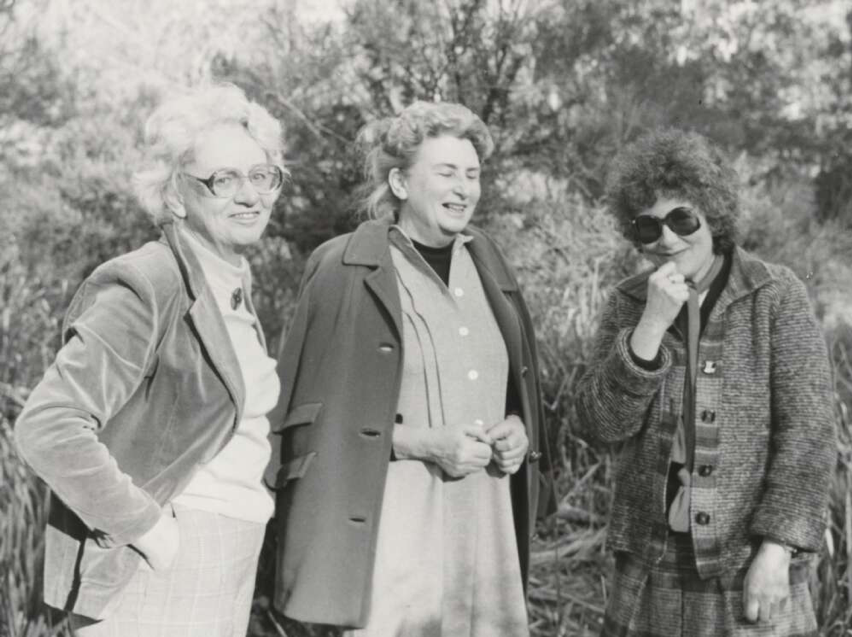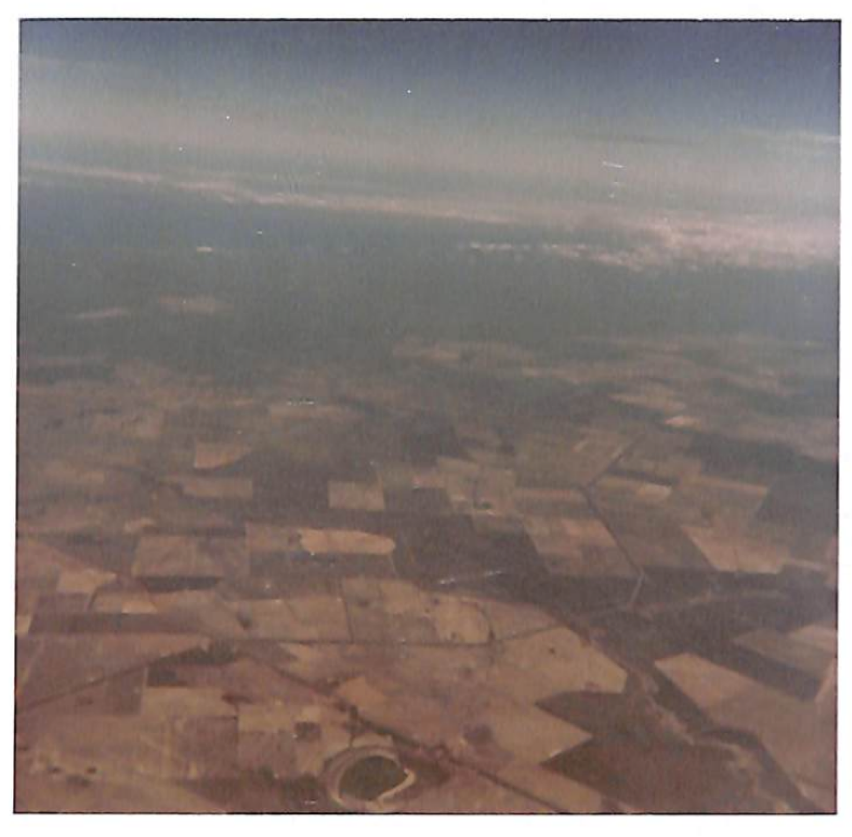Not all Levertov’s Australian relationships ended painfully. In 1981, she visited Canberra and stayed with the poet Rosemary Dobson and her husband Alec Bolton. The couple drove Levertov to Mongarlowe, near Braidwood, where the poet Judith Wright had recently purchased a property, which she called ‘Edge’. A photograph of the three women – taken by Bolton – shows them laughing in Wright’s newly planted ‘desert garden’ (Fig 5). Years earlier, Wright and Levertov had met briefly, at a poetry festival in Montreal. Wright served her American guest mushroom soup, and they discussed political activism, Wright disparagingly noting that Levertov must have ‘mellowed’ since her ‘Vietnam protest’ days or ‘wouldn’t have been asked to be a visiting writer at Sydney University’ (Sound and Fury, 346). Interestingly, Levertov was forging connections with an older generation of Australian poets, one less commonly associated with the rise of the ‘New American Poetry’. But, as Wright herself notes, by the late-70s, the American models were universally accepted in Australia: ‘(n)ew influences were emerging (…) which had brought a new knowledge of American poetry, and had startled white Australia into recognising that the British inheritance, politically and socially, was waning fast’ (Wright, 2022, 165).

Figure 5: Portraits of Judith Wright, Denise Levertov, and Rosemary Bolton, Mongarlowe, N.S.W., 1981, photograph by Alec Bolton.
Later, Levertov visited the studio of the New Zealand born, Canberra assemblage artist Rosalie Gascoigne. Gascoigne’s studio, littered with her recycled arts materials – corrugated iron, discarded timber, weathered road signs, woven thistles and native grasses – appears in poem by Levertov:
The room’s a temple, the kind that’s thronged with casual, un-awestruck worshippers, and crowded with small shrines, each a surprise, and dedicated each in its turn, to the principle that nothing’s boring, everything’s worth a second look. (Candles in Babylon, 57).
Gascoigne had left an impression on Levertov (though she had to write to Dobson to check her name before the poem was published in Meanjin in 1982). Likewise, Levertov left an impression on the artist, for, ten years later, Gascoigne named a work after Levertov’s poem ‘May Morning’ (image available online at Roslyn Oxley9 Gallery). On its surface, Gascoigne’s pinky-yellow construction of salvaged Schweppes crates has little to do with Levertov’s poem, which describes autumn in the Southern Hemisphere: ‘the May mornings / are a presence known / only as they pass / light stepped, seriously smiling, bearing / each a leaflined basket / of wakening flowers’ (Ibid., 21). But, while working in very different mediums, both poet and artist share an affinity with the landscape. Gascoigne’s assemblage resembles a birds-eye view of paddocks, not unlike the tourist photographs Levertov took while flying over the Nullarbor Plain, enroute from Adelaide to Sydney (fig. 6). There is a gentle reciprocity to the two women’s work, Levertov writing that autumn is easily ‘forgotten’ against the extremes of summer (‘fire’) and winter (‘ice’). It was Gascoigne’s ability to see beauty in minor and muted things that most impressed Levertov: ‘shapes unnamed by geometrists (…) they meet now, austere now, graceful, transfigured by being placed, being seen’ (Ibid., 57).

FIGURE 6: Edge of the Nullabor Desert, WA, 1981, photo by Denise Levertov.









